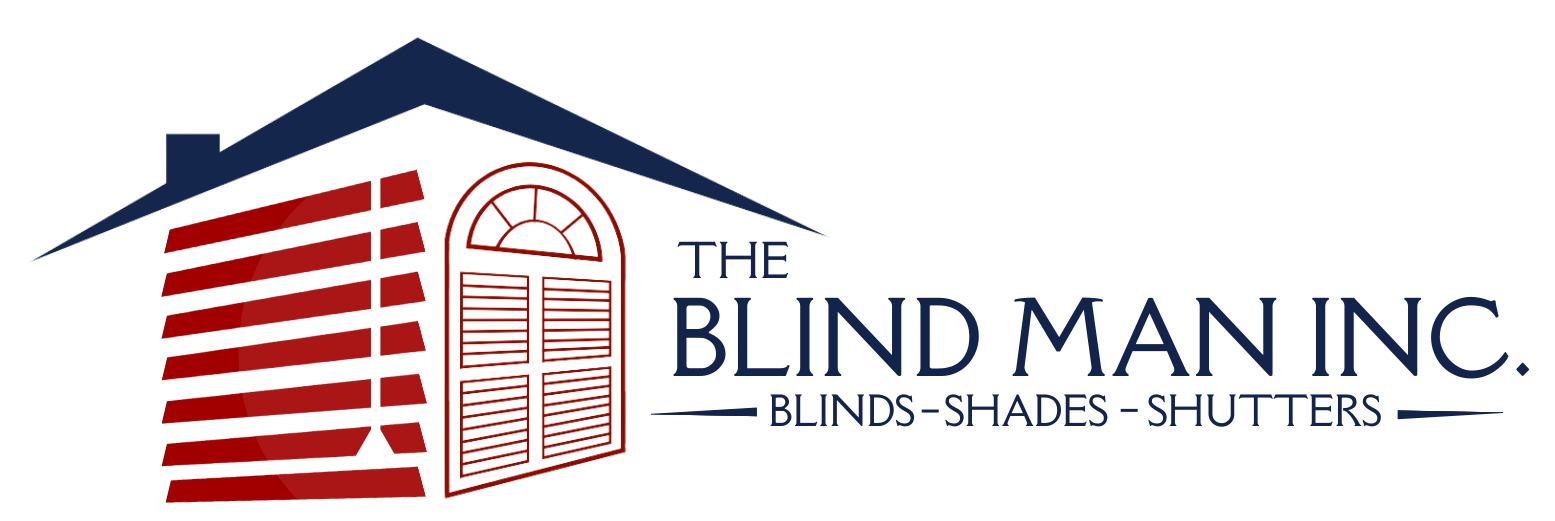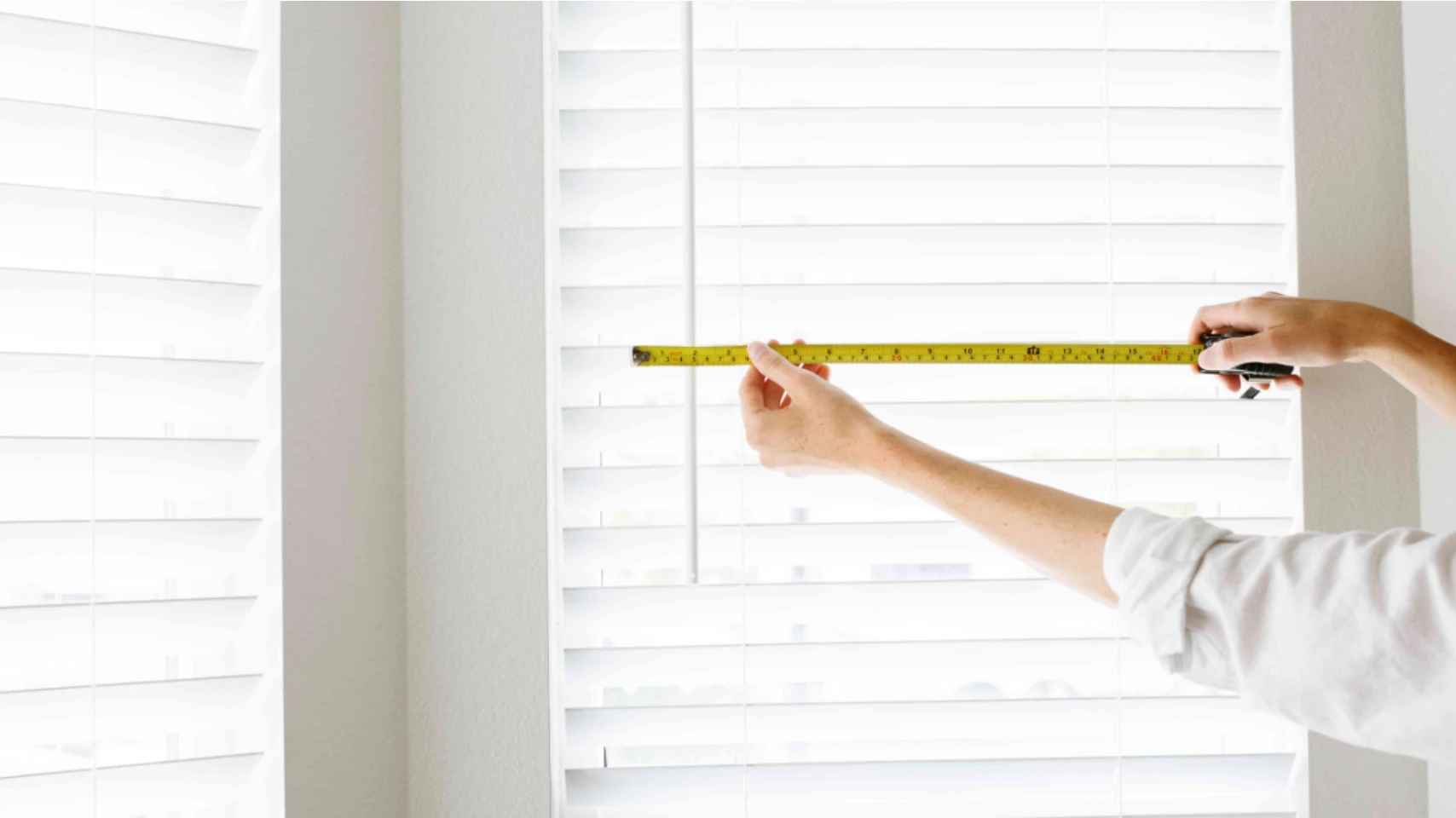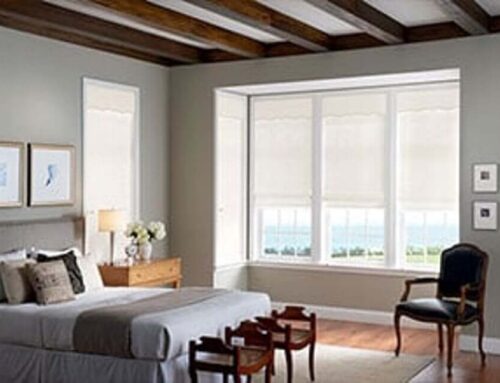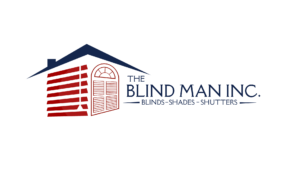Precision is key when it comes to window treatments, as even the slightest miscalculation can lead to visible gaps or unsightly overlaps. Missteps in measurement can not only detract from the visual harmony of a space but also compromise functionality, resulting in poor light control and compromised privacy.
If you’re looking to ensure that your window treatments not only look impeccable but also perform flawlessly, then this blog is for. Read on to learn more!
What are the main factors influencing the accuracy of measurements in window treatment services, particularly concerning blind ambition strategies?
In window treatment services, particularly concerning blind ambition strategies aimed at precision measurement, several factors influence the accuracy of measurements:
- Window Dimensions: Accurate measurements of window dimensions are critical for ensuring that blinds or shades fit properly and function correctly. Variations in window size, such as width, height, and depth, must be precisely recorded to avoid gaps or overlapping when installing window treatments.
- Mounting Options: Different mounting options, such as inside or outside mount, require precise measurements to achieve a snug and seamless fit. Incorrect measurements can lead to misalignment, uneven spacing, or obstruction of window functionality.
- Fabrication Tolerances: Fabrication tolerances, which refer to the allowable variations in the dimensions of window treatments during manufacturing, can impact the accuracy of measurements. Considering fabrication tolerances ensures that the final product aligns with the intended specifications and meets the client’s expectations.
- Environmental Factors: Temperature, humidity, and window frame structure variations can alter measurement accuracy. To maintain precision, professionals must account for these variables and make on-site modifications or compensate for thermal expansion.
- Quality of Tools and Techniques: Precision is affected by the quality of measurement instruments like tape measures, laser levels, and digital calipers and the skill of window treatment professionals. High-quality tools and standardized assessment techniques ensure accurate window treatment installation and performance.
By meticulously considering these factors and implementing blind ambition strategies focused on precision measurement, window treatment professionals can deliver superior quality products and services that meet the highest standards of accuracy and craftsmanship.
How can AI and machine learning be integrated into precision measurement processes within the window treatment industry to support ambitious goals?
AI and machine learning can revolutionize precision measurement processes within the window treatment industry by offering advanced capabilities to support ambitious goals of accuracy and efficiency:
- Automated Measurement Analysis: AI systems can accurately measure window size and discover inconsistencies by analyzing massive volumes of data from digital photos, sensor readings, and CAD models. AI automating measurement analysis accelerates procedures, minimizes human error, and improves accuracy.
- Predictive Modeling: Machine learning algorithms can predict window treatment options using historical window measurements, installation methods, and client preferences. These models can help window treatment specialists choose the right blinds or shades for window size, mounting options, and climate.
- Real-time Feedback and Adjustment: AI-enabled measurement devices can provide real-time accuracy feedback and recommend installation changes. AI algorithms increase their performance by learning from data inputs and user interactions, resulting in more accurate measurements and faster window treatment installations.
- Customization and Personalization: AI-driven measurement tools can capture consumer measurements and preferences to customize window treatments. AI algorithms can customize solutions to fit customers’ needs and stylistic choices, improving customer happiness and loyalty.
By integrating AI and machine learning into precision measurement processes, the window treatment industry can achieve ambitious goals of accuracy, efficiency, and customer satisfaction, driving innovation and advancement in the field.
What statistical methods are commonly used to refine measurement techniques in window treatment services, aligning with ambitious objectives?
In window treatment services, statistical methods are crucial in refining measurement techniques and aligning with ambitious objectives of accuracy and precision. Some commonly used statistical methods include:
- Descriptive Statistics: Mean, median, and standard deviation describe and assess window measurements, fabric specifications, and installation characteristics. By revealing measures’ central tendency and variability, these statistics assist professionals in detecting patterns, outliers, and areas for improvement.
- Regression Analysis: Mounting options, window size, and ambient conditions affect window dimensions. Regression analysis explores the link. Experts can refine measurement procedures and achieve goals by fitting regression models to data to identify how variables affect measurement outcomes and create prediction models.
- Analysis of Variance (ANOVA): The ANOVA test examines measurement data from different groups or treatments to find significant differences. This statistical method lets professionals evaluate measuring methods, tools, and treatments and find factors affecting measurement accuracy.
- Quality Control Charts: Monitor charts, measurements, and deviations from standards or targets. Monitoring measurement data over time lets specialists notice trends, patterns, and anomalies that may indicate accuracy or performance changes and act quickly.
- Capability Analysis: Capability analysis evaluates measuring methods’ capacity to meet tolerances. Process capacity indices like Cp and Cpk can help professionals assess measurement techniques’ consistency and discover process improvement opportunities.
By leveraging these statistical methods, window treatment professionals can refine measurement techniques, optimize process performance, and achieve ambitious objectives of accuracy, precision, and customer satisfaction.
What are typical errors or oversights encountered when applying precision measurement methodologies to ambitious projects in the window treatment sector, and how can they be mitigated?
When applying precision measurement methodologies to ambitious projects in the window treatment sector, several errors or oversights can occur, including:
- Inaccurate Measurements: Window measurements can be erroneous, resulting in ill-fitting blinds or shades. Human mistakes, poor measurement instruments, or failure to account for window imperfections or fabrication tolerances might cause this.
- Misinterpretation of Specifications: Misinterpreting specifications or customer preferences can result in selecting the wrong type or size of window treatments. Please accurately understand and adhere to client requirements to avoid dissatisfaction and rework.
- Improper Installation: Lousy installation can reduce window treatment efficacy even with accurate dimensions. Misalignment, uneven mounting, and poor fastening can lower installation quality and appearance.
- Environmental Factors: Temperature, humidity, and window frame flaws can affect measurement accuracy. Failure to account for these variables or measure under controlled settings might lead to errors.
To mitigate these errors and oversights, window treatment professionals can implement several strategies:
- Training and Education: Comprehensive training and ongoing education for staff on proper measurement techniques, specification interpretation, and installation best practices can help minimize errors and ensure consistency in performance.
- Quality Assurance Protocols: Implementing robust quality assurance protocols, including double-checking measurements, verifying specifications with clients, and conducting post-installation inspections, can help detect and correct errors before they escalate.
- Utilization of Technology: Leveraging technology such as digital measurement tools, CAD software, and augmented reality apps can enhance accuracy and efficiency in measurement processes. These tools offer precision, real-time feedback, and visualization capabilities to support decision-making and minimize errors.
- Collaboration and Communication: Maintaining open communication channels with clients, contractors, and other stakeholders throughout the project lifecycle can help clarify requirements, address concerns, and ensure alignment with project objectives.
By implementing these strategies and remaining vigilant in their application, window treatment professionals can mitigate errors and oversights in precision measurement methodologies, ultimately delivering high-quality results and exceeding client expectations in ambitious projects.
Elevate Your Precision Today!
At The Blind Man, we deliver exceptional precision in window treatments. With our advanced measurement strategies and meticulous attention to detail, we ensure that your blinds or shades fit perfectly and function flawlessly. Don’t settle for anything less than perfection – trust our experienced team to elevate your space precisely and style.
Schedule your consultation today and experience the difference that precision measurement can make in enhancing the beauty and functionality of your windows. Your satisfaction is our top priority at The Blind Man.






